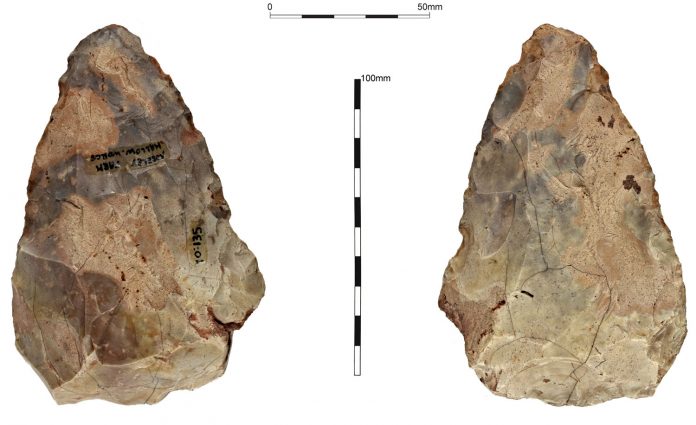Worcestershire, like the majority of the West Midlands, is not considered a focal point for the study of Palaeolithic archaeological remains, with much of the focus occurring in the east and south-east of England.
Despite this, discoveries of Palaeolithic artefactual and palaeoenvironmental remains within the county, and the wider West Midlands, have shown that the area has the potential to be productive and assist in national and international research aims for the period. Palaeolithic research is usually carried out by specialists in Quaternary science and the resulting reports are difficult for non-specialists to access.
The result is that Palaeolithic archaeology is often poorly represented within Historic Environment Records and unavailable to Local Planning Authority archaeological advisors in an accessible format. It is challenging in the context of National Planning Policy Framework to justify archaeological interventions as proportionate and reasonable when the archaeology is evidenced in the form of a few artefacts from poorly understood geological contexts. This article describes a Historic England-funded project which aimed to address this issue and ensure evidence of this date can be incorporated within Historic Environment Records in a way that can be interpreted and used by non-specialists, and will be of particular use to those involved in development management.
This open access publication was funded by Historic England.
Russell, O., Daffern, N., Hancox. E. and Nash, A. 2017 Putting the Palaeolithic into Worcestershire’s HER: An evidence base for development management, Internet Archaeology 47. https://doi.org/10.11141/ia.47.3

